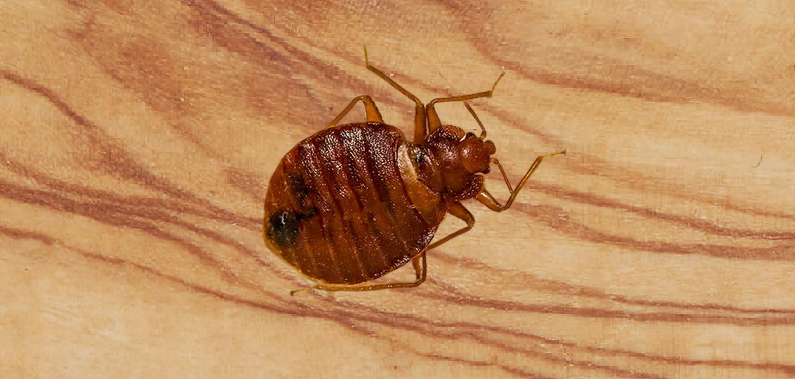Bed Bugs
Bed bug get their name from their habit of feeding on human hosts in bed. They are excellent hitchhikers, easily transported and are found in many different types of dwellings, which makes them difficult to control.

Bed bug get their name from their habit of feeding on human hosts in bed. They are excellent hitchhikers, easily transported and are found in many different types of dwellings, which makes them difficult to control.
